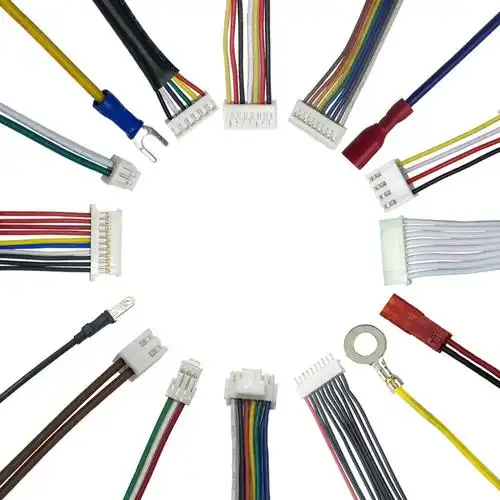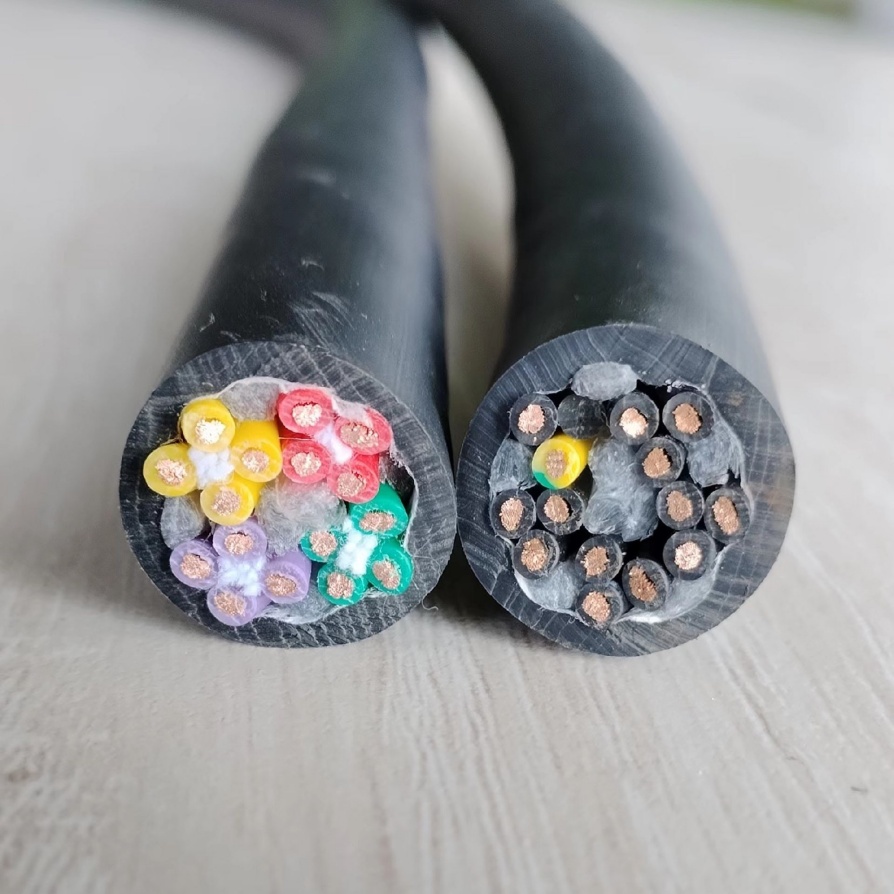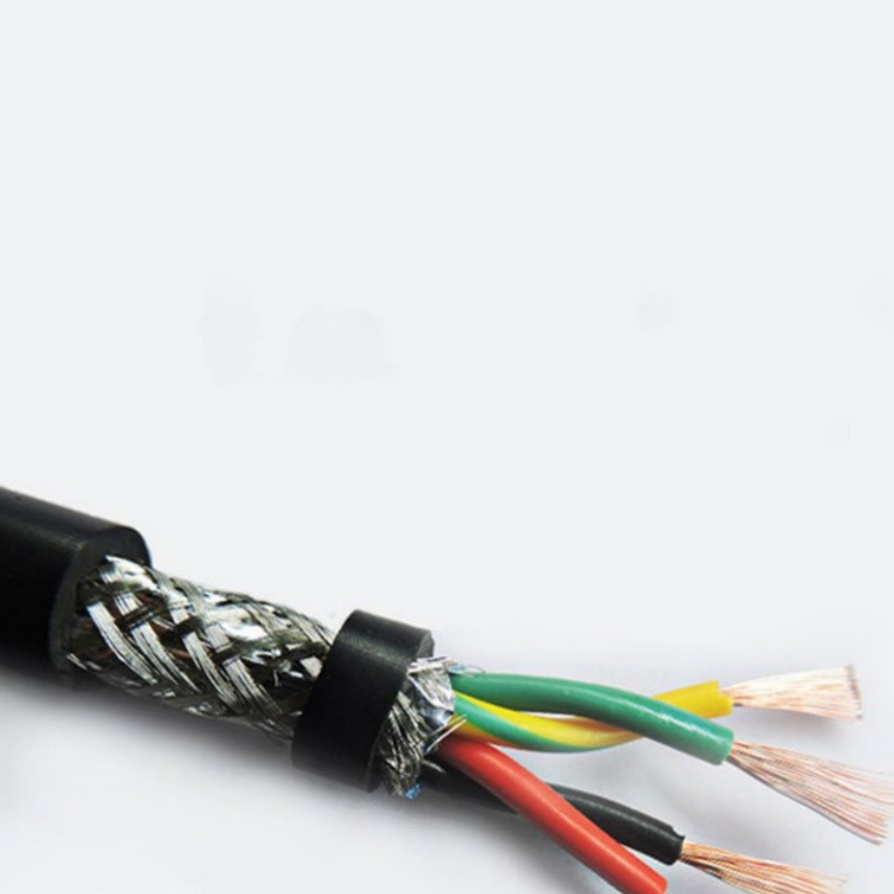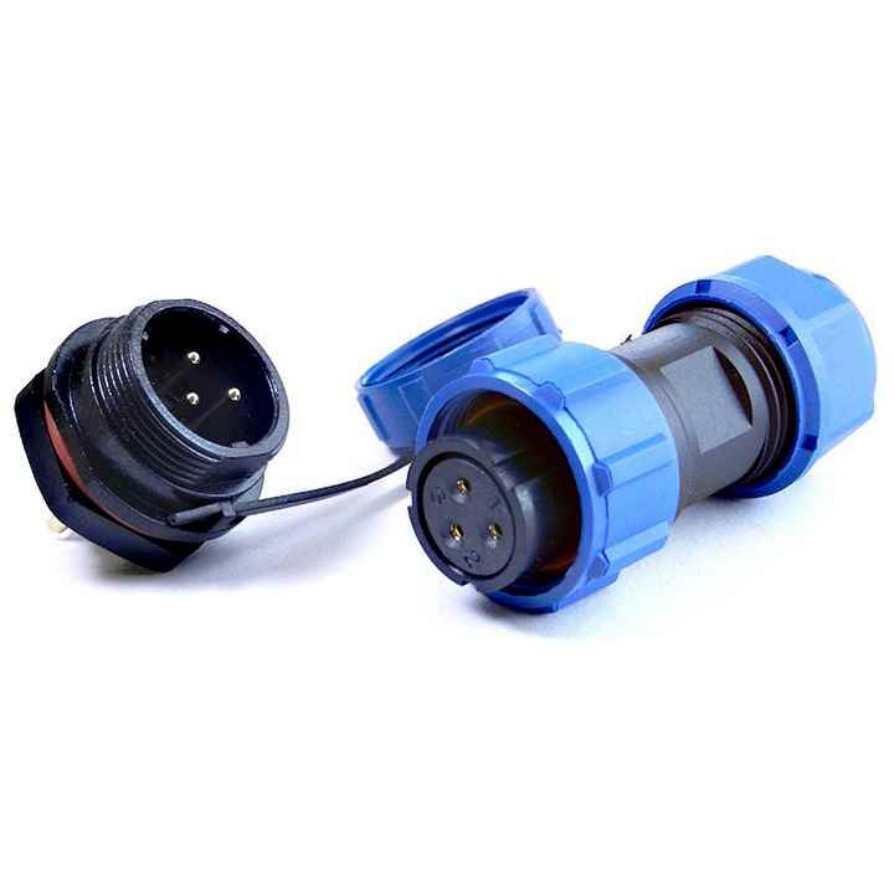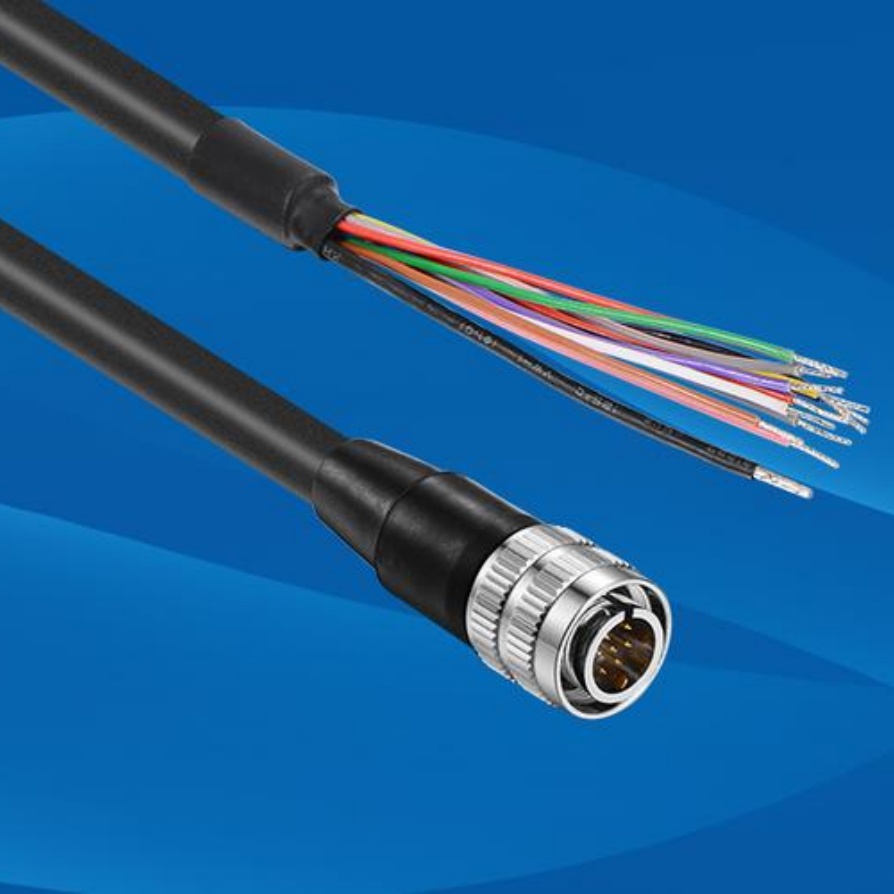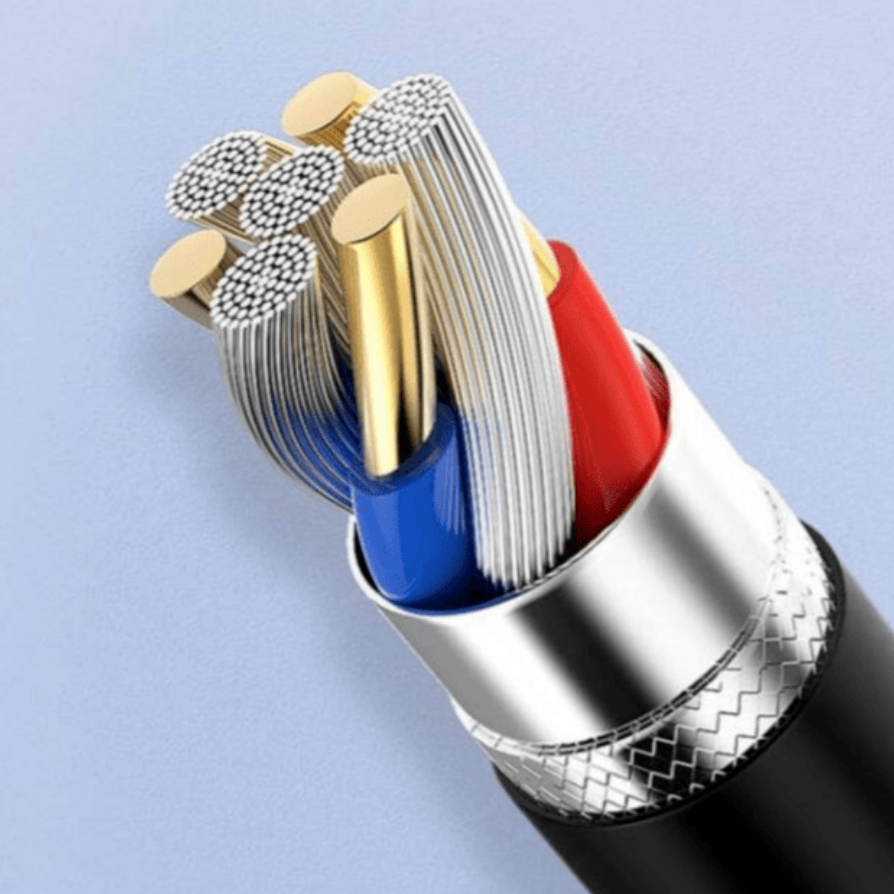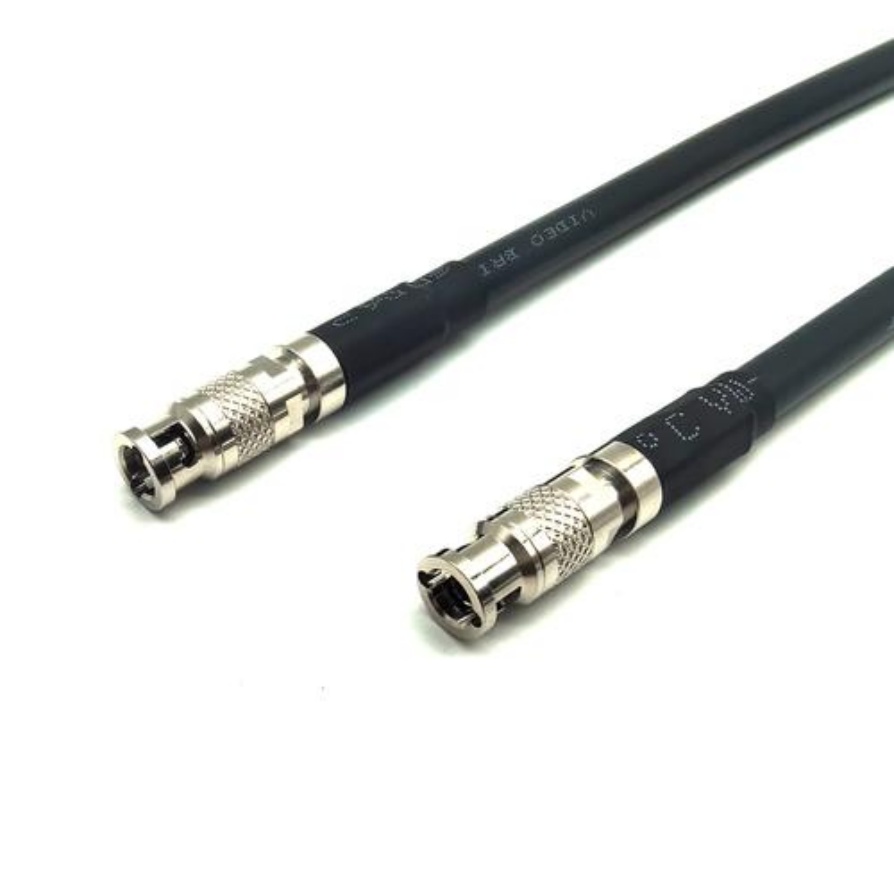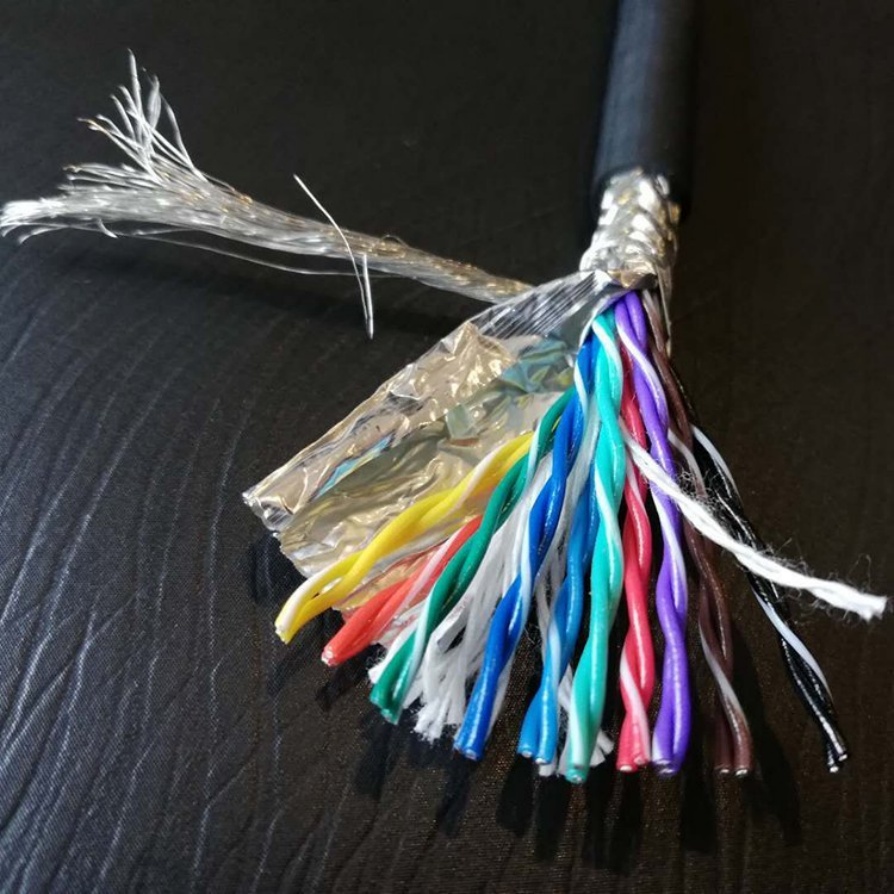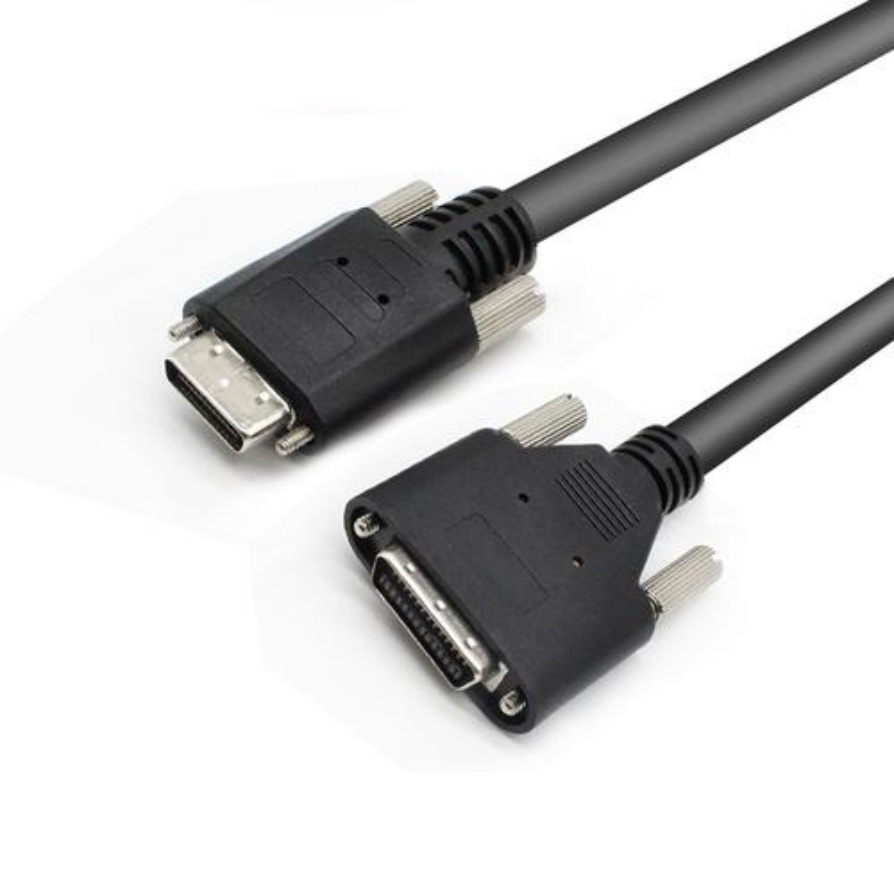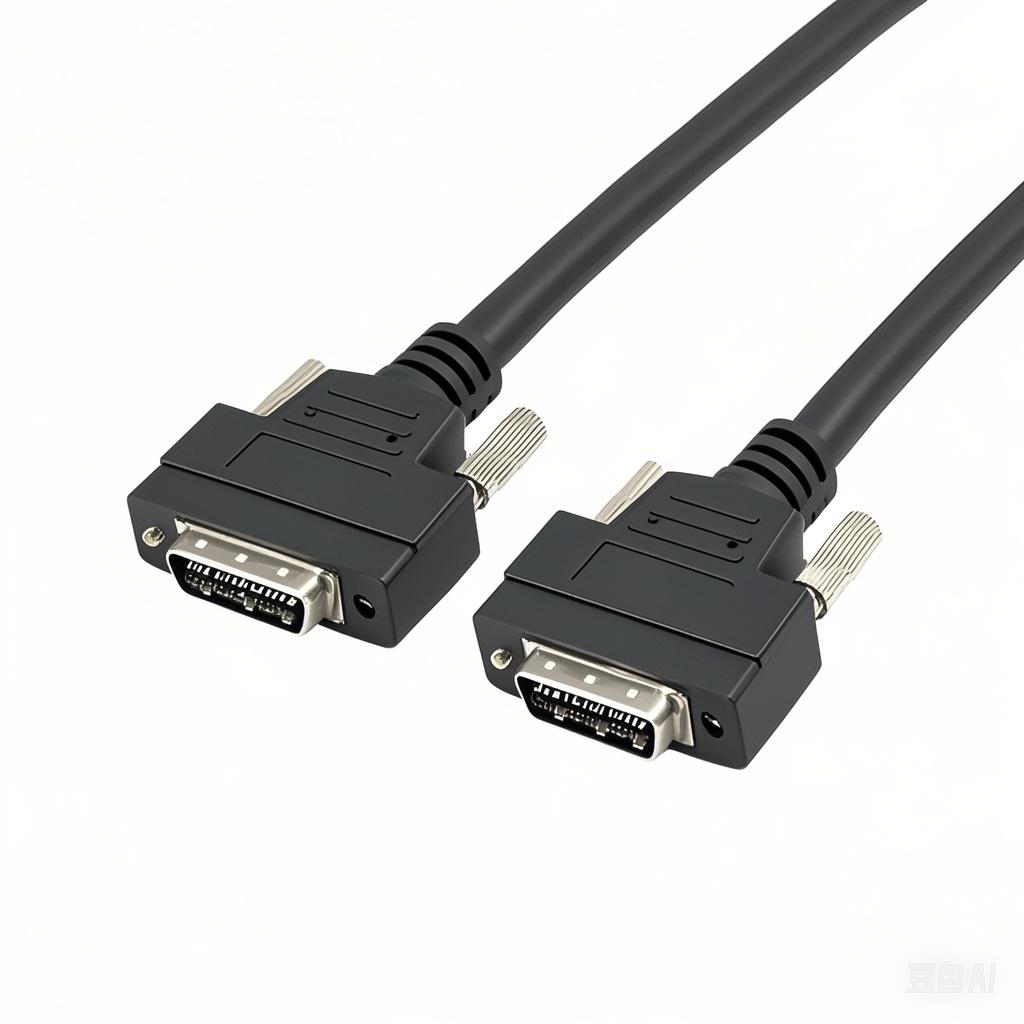What Is an Infrared Vision Cable?
In the realm of infrared (IR) imaging and sensing systems, the infrared vision cable serves as an unsung yet critical lifeline. Far more than a wire, this specialized cable is engineered to transmit IR-derived signals—whether from thermal cameras, night vision devices, or spectral analyzers—with precision, stability, and resilience. Its design is tailored to the unique properties of infrared radiation and the sensitive data it carries, making it indispensable in applications where invisible light holds the key to actionable insights.
At its core, an infrared vision cable facilitates two primary types of signal transmission, each optimized for specific use cases. The first is optical signal transmission, typically using infrared fiber cables constructed from materials like polymethyl methacrylate (PMMA) or polycrystalline silver chloride-bromide (AgCl/AgBr) . These materials are transparent to infrared wavelengths (ranging from 3μm to 18μm for advanced models) and minimize signal loss, or attenuation—critical for preserving the integrity of high-resolution IR data. For example, polycrystalline IR fibers can achieve attenuation as low as 0.1-0.5 dB/m at 10.6μm, ensuring clear signal transfer even over distances up to 15 meters . The second type is electrical signal transmission, used to connect IR cameras directly to monitors or DVRs. These cables, often with RCA or 3.5mm connectors, are built to carry converted IR video signals without interference .
Several key characteristics distinguish infrared vision cables from standard data or video cables. Environmental resilience stands out: premium models can operate in extreme temperatures from -50°C to 80°C (and beyond with customization) and resist humidity, contaminants, and physical stress . Military-grade variants even feature braided protection and heat-shrink layers to withstand field use on rifle-mounted thermal sights . Flexibility is another advantage—polycrystalline IR fibers, for instance, bend easily without signal degradation, making them suitable for confined spaces like industrial machinery or medical equipment . Additionally, these cables support high-speed data throughput, a necessity for real-time IR applications such as live surveillance or laser power delivery up to 50W .
The practical applications of infrared vision cables span industries where IR technology excels. In security and surveillance, they link infrared cameras to monitors or DVRs, ensuring crisp night-vision footage even in total darkness . For example, FLIR’s RCA IR video cables are widely used to transmit thermal imaging data for perimeter protection . In industrial settings, they enable remote temperature sensing and spectral analysis—polycrystalline IR cables, for instance, deliver mid-IR light for inspecting machinery wear or detecting gas leaks . The medical field relies on them for IR-based imaging techniques, where stable signal transmission is vital for accurate diagnostics . Even the military uses specialized variants to connect thermal weapon sights to portable recording devices, with precise lengths eliminating excess cable clutter on firearms .
Choosing the right infrared vision cable depends on matching its specifications to the application. Wavelength compatibility is foundational—cables designed for 3-17μm mid-IR will not perform with near-IR (700-1400nm) systems . Environmental factors matter too: industrial users may need PEEK or stainless steel sheathing for chemical resistance, while outdoor surveillance requires weatherproofing . Connector type is another consideration—SMA-905 and FC/PC connectors are common for optical IR fibers, while RCA or BNC connectors prevail for electrical video transmission .
When reliability and performance matter, partnering with a manufacturer that specializes in precision infrared vision cables is non-negotiable. That’s where FRS comes in. As a leading factory with expertise in tailored cable solutions, FRS produces infrared vision cables engineered to meet the demands of diverse industries—from security to industrial sensing. Our cables integrate premium materials (including low-attenuation polycrystalline fibers and military-grade shielding) and undergo rigorous quality testing to ensure stable signal transmission in harsh environments. Whether you need a 2-meter RCA cable for IR camera monitoring or a custom-length polycrystalline fiber for high-power laser delivery, FRS delivers consistency you can trust. For infrared systems that never miss a detail, FRS is your ideal cable partner.


